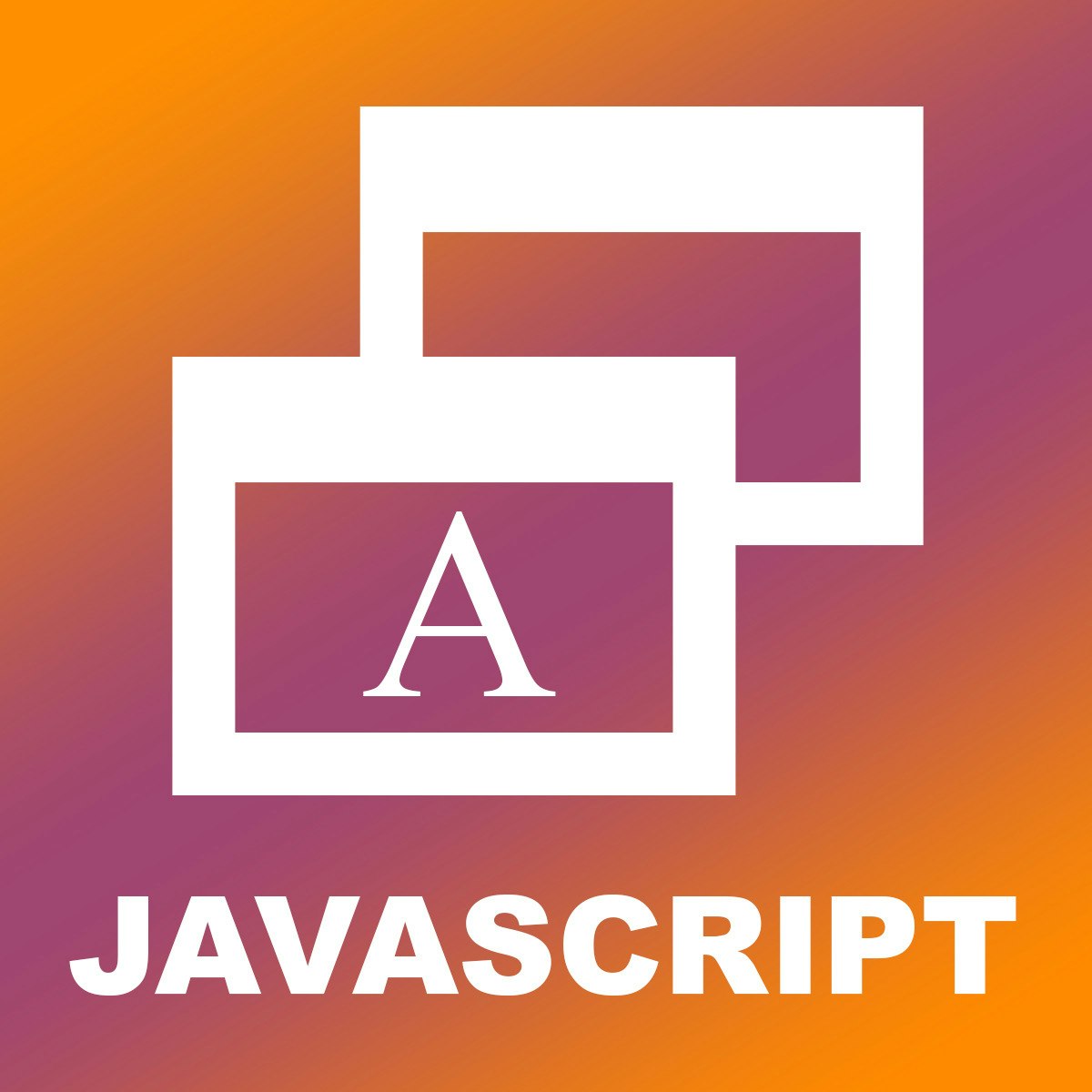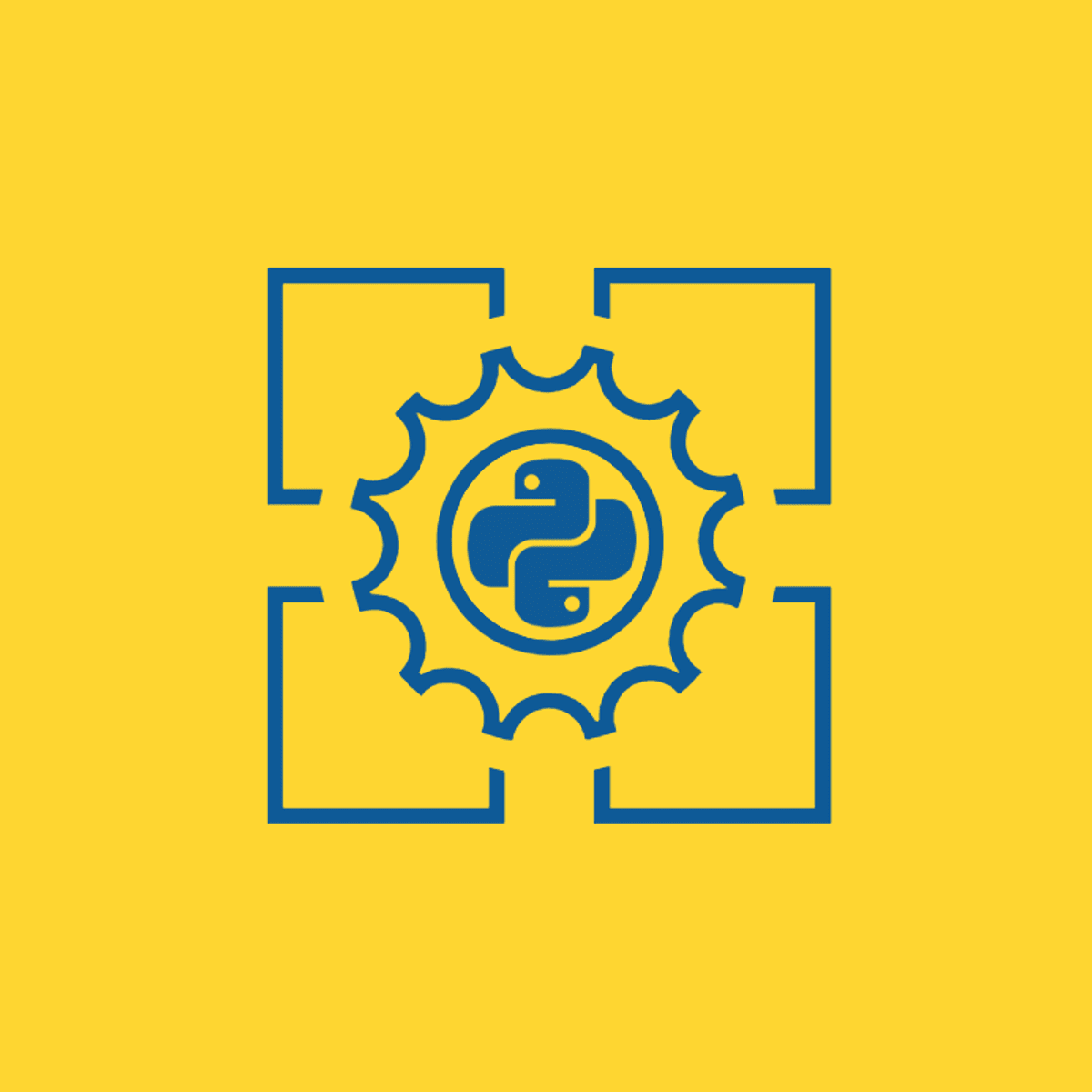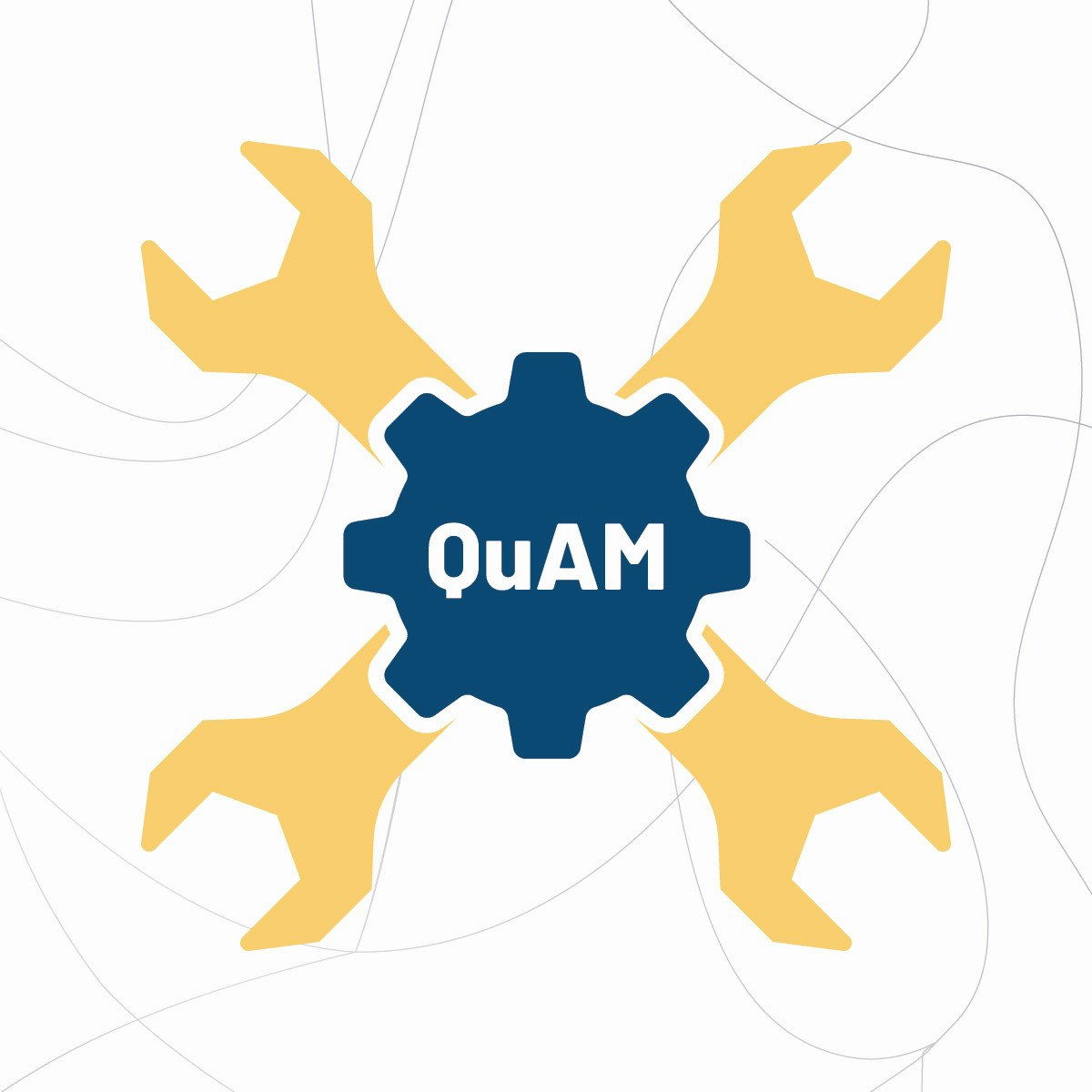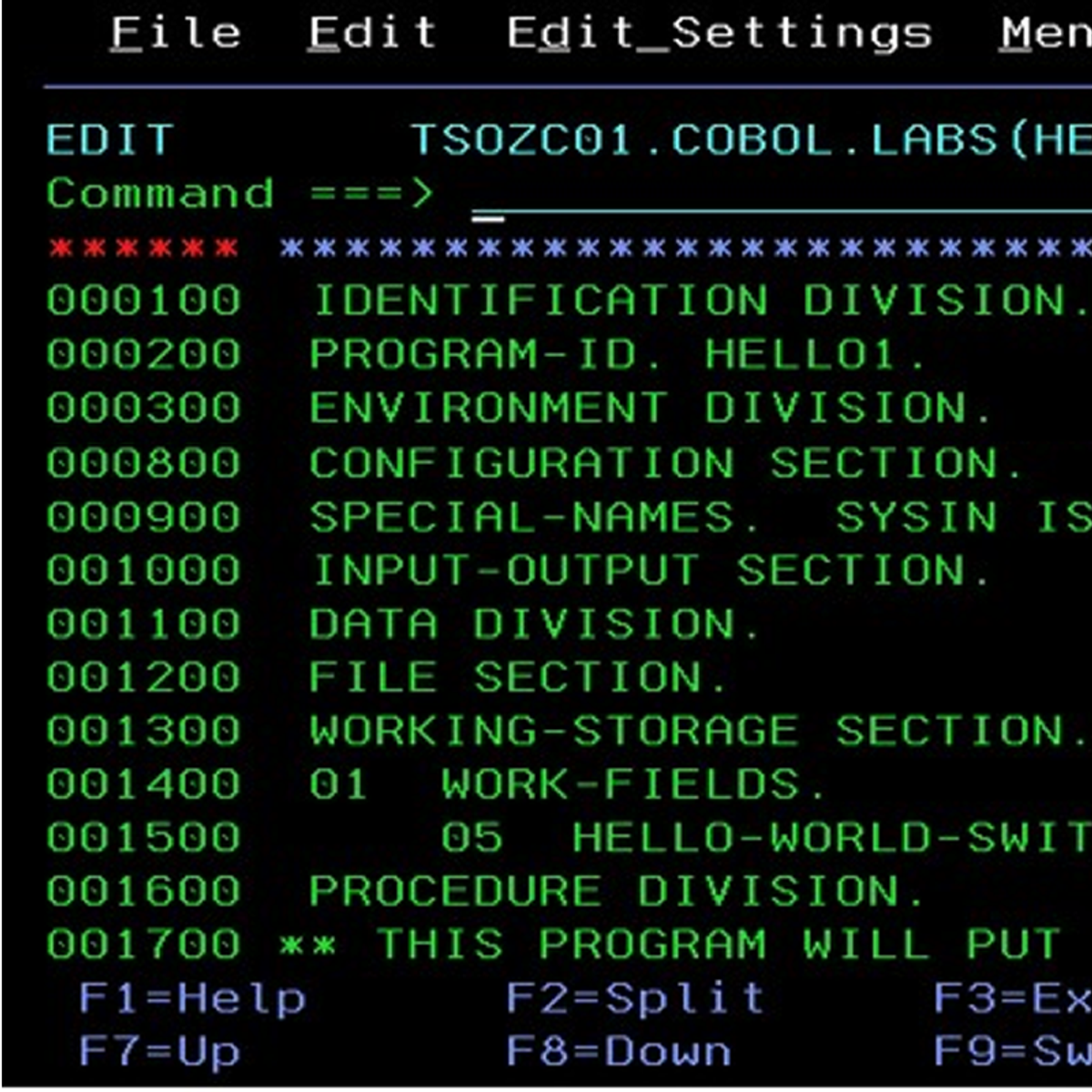Back to Courses









Computer Science Courses - Page 151
Showing results 1501-1510 of 2309

Generate a PDF File with JavaScript
Generate a PDF File with JavaScript.
Select Topics in Python: Packaging
Code and run Django websites without installing anything!
This course is designed for learners who some experience with Python. The modules in this course cover modules and packages, third-party packages, and packing for distribution.
To allow for a truly hands-on, self-paced learning experience, this course is video-free. Assignments contain short explanations with images and runnable code examples with suggested edits to explore code examples further, building a deeper understanding by doing. You’ll benefit from instant feedback from a variety of assessment items along the way, gently progressing from quick understanding checks (multiple choice, fill in the blank, and un-scrambling code blocks) to slowly building features, resulting in large coding projects at the end of the course.
Course Learning Objectives:
Use pip to venv to manage virtual environments and packages
Use third-party package managers to manage virtual environments and packages
Package Python scripts and applications for a wider audience

Data for Machine Learning
This course is all about data and how it is critical to the success of your applied machine learning model. Completing this course will give learners the skills to:
Understand the critical elements of data in the learning, training and operation phases
Understand biases and sources of data
Implement techniques to improve the generality of your model
Explain the consequences of overfitting and identify mitigation measures
Implement appropriate test and validation measures.
Demonstrate how the accuracy of your model can be improved with thoughtful feature engineering.
Explore the impact of the algorithm parameters on model strength
To be successful in this course, you should have at least beginner-level background in Python programming (e.g., be able to read and code trace existing code, be comfortable with conditionals, loops, variables, lists, dictionaries and arrays). You should have a basic understanding of linear algebra (vector notation) and statistics (probability distributions and mean/median/mode).
This is the third course of the Applied Machine Learning Specialization brought to you by Coursera and the Alberta Machine Intelligence Institute.

Configure and verify PPP and Frame Relay on Cisco Routers
Welcome to the CCNA 1.10: Configure and Verify PPP and Frame Relay on Cisco Routers, In this guided project, you will configure and verify WAN connections on Cisco routers, you will setup PPP connection and authentication, configure and verify frame-relay, and setup frame-relay sub-interfaces.

IBM COBOL Basics
COBOL is a programming language that serves a wide range of businesses. Key aspects of COBOL are that it is scalable, mature, and self-documenting.
In the Basics course you will learn about COBOL from its birth and through its evolution. You will have some basic lessons on handling numbers, symbols, editing, procedures, and the overall program structure. You'll even have the opportunity to create code of your own.
Buckle up and join us on a ride through the world of COBOL, we can't wait to see you in class.

Scalable Machine Learning on Big Data using Apache Spark
This course will empower you with the skills to scale data science and machine learning (ML) tasks on Big Data sets using Apache Spark. Most real world machine learning work involves very large data sets that go beyond the CPU, memory and storage limitations of a single computer.
Apache Spark is an open source framework that leverages cluster computing and distributed storage to process extremely large data sets in an efficient and cost effective manner. Therefore an applied knowledge of working with Apache Spark is a great asset and potential differentiator for a Machine Learning engineer.
After completing this course, you will be able to:
- gain a practical understanding of Apache Spark, and apply it to solve machine learning problems involving both small and big data
- understand how parallel code is written, capable of running on thousands of CPUs.
- make use of large scale compute clusters to apply machine learning algorithms on Petabytes of data using Apache SparkML Pipelines.
- eliminate out-of-memory errors generated by traditional machine learning frameworks when data doesn’t fit in a computer's main memory
- test thousands of different ML models in parallel to find the best performing one – a technique used by many successful Kagglers
- (Optional) run SQL statements on very large data sets using Apache SparkSQL and the Apache Spark DataFrame API.
Enrol now to learn the machine learning techniques for working with Big Data that have been successfully applied by companies like Alibaba, Apple, Amazon, Baidu, eBay, IBM, NASA, Samsung, SAP, TripAdvisor, Yahoo!, Zalando and many others.
NOTE: You will practice running machine learning tasks hands-on on an Apache Spark cluster provided by IBM at no charge during the course which you can continue to use afterwards.
Prerequisites:
- basic python programming
- basic machine learning (optional introduction videos are provided in this course as well)
- basic SQL skills for optional content
The following courses are recommended before taking this class (unless you already have the skills)
https://www.coursera.org/learn/python-for-applied-data-science or similar
https://www.coursera.org/learn/machine-learning-with-python or similar
https://www.coursera.org/learn/sql-data-science for optional lectures

Google Workspace Admin: Managing Applications
This is a Google Cloud Self-Paced Lab. In this lab, you will learn how to create an organizational unit structure and configure applications based on organizational units (OUs).

Java Programming: Solving Problems with Software
Learn to code in Java and improve your programming and problem-solving skills. You will learn to design algorithms as well as develop and debug programs. Using custom open-source classes, you will write programs that access and transform images, websites, and other types of data. At the end of the course you will build a program that determines the popularity of different baby names in the US over time by analyzing comma separated value (CSV) files.
After completing this course you will be able to:
1. Edit, compile, and run a Java program;
2. Use conditionals and loops in a Java program;
3. Use Java API documentation in writing programs.
4. Debug a Java program using the scientific method;
5. Write a Java method to solve a specific problem;
6. Develop a set of test cases as part of developing a program;
7. Create a class with multiple methods that work together to solve a problem; and
8. Use divide-and-conquer design techniques for a program that uses multiple methods.

Manage Your Versions with Git (Part II)
This 1.5-hour project-based course is the second part of "Manage Your Versions with Git". In this course, you will learn about branching, merging and remote repositories. At the end of this class, you will be able to collaborate with other developers all over the world using Git.
No specific coding experience is required but completion of Part I of this course is strongly recommended. Basic software development experience would be highly beneficial.

Object-Oriented Python: Inheritance and Encapsulation
Code and run your first python program in minutes without installing anything!
This course is designed for learners with limited coding experience, providing a solid foundation of not just python, but core Computer Science topics that can be transferred to other languages. The modules in this course cover inheritance, encapsulation, polymorphism, and other object-related topics. Completion of the prior 3 courses in this specialization is recommended.
To allow for a truly hands-on, self-paced learning experience, this course is video-free. Assignments contain short explanations with images and runnable code examples with suggested edits to explore code examples further, building a deeper understanding by doing. You'll benefit from instant feedback from a variety of assessment items along the way, gently progressing from quick understanding checks (multiple choice, fill in the blank, and un-scrambling code blocks) to small, approachable coding exercises that take minutes instead of hours.
